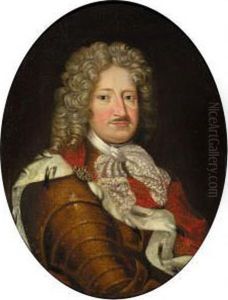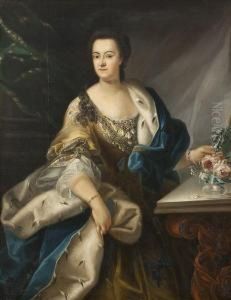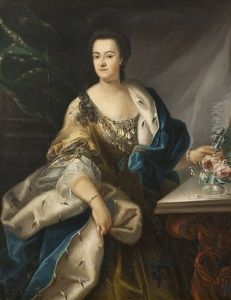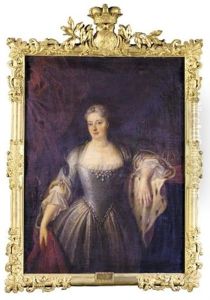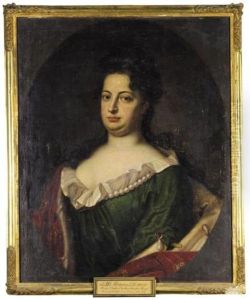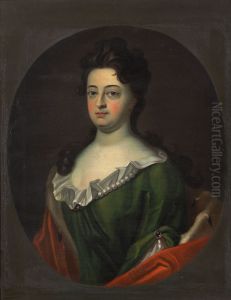Friedrich Wilhelm Weidemann Paintings
Friedrich Wilhelm Weidemann, often not widely recognized in the pantheon of famous artists, was a German painter and graphic artist whose work and life spanned significant periods of the 20th century. Born in 1887, Weidemann's early life and career development coincided with a tumultuous era in German history, characterized by the political and social upheavals leading up to, during, and after both World War I and World War II.
Weidemann's artistic journey began in earnest in a Germany that was rich with burgeoning art movements such as Expressionism and the New Objectivity. However, detailed documentation about his training and early influences is limited. It is known that he was active during the Weimar Republic era, a time when the arts flourished despite—or perhaps because of—the political and economic instability of the period.
Throughout his career, Weidemann would have witnessed the drastic changes in the art world, including the rise of the Nazi regime, which notoriously condemned modernist movements, branding them 'degenerate' and promoting instead a classical and nationalist aesthetic. This climate would have posed challenges for any artist whose work did not align with the state's ideology. The extent to which Weidemann's work was affected by these political changes is a subject that would benefit from further research.
After World War II, Germany was a country in ruins, physically, economically, and culturally. The post-war period saw a reconfiguration of artistic expression, with artists grappling with the recent past and seeking new ways to articulate the human experience in the shadow of such destruction. Weidemann, like many artists of his time, would have had to navigate this complex landscape.
Friedrich Wilhelm Weidemann's artistic output over his lifetime would have therefore been a reflection of the shifting artistic styles and political climates of the 20th century. However, given that Weidemann is not a household name, his works may not be widely known or exhibited, and there may be a limited number of studies or critical appraisals of his oeuvre. He passed away in 1968, leaving behind a body of work that, while it may not have garnered significant attention during his lifetime or posthumously, still contributes to the diverse tapestry of 20th-century German art. Further scholarship could illuminate his place within the wider context of the art historical narrative of his time.

